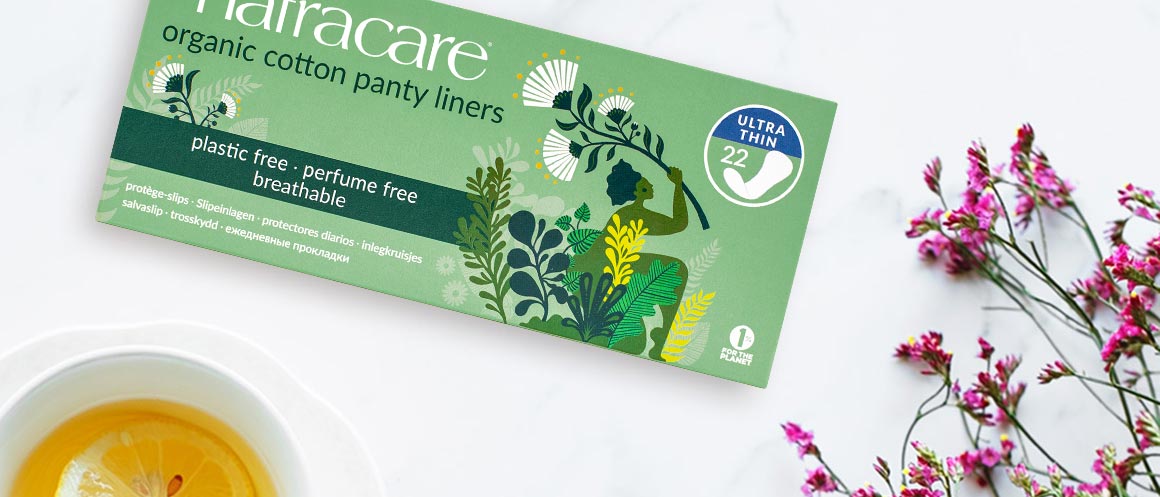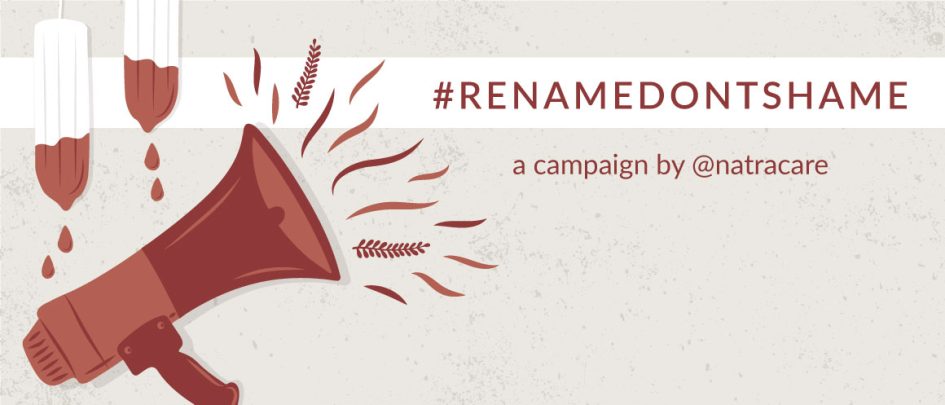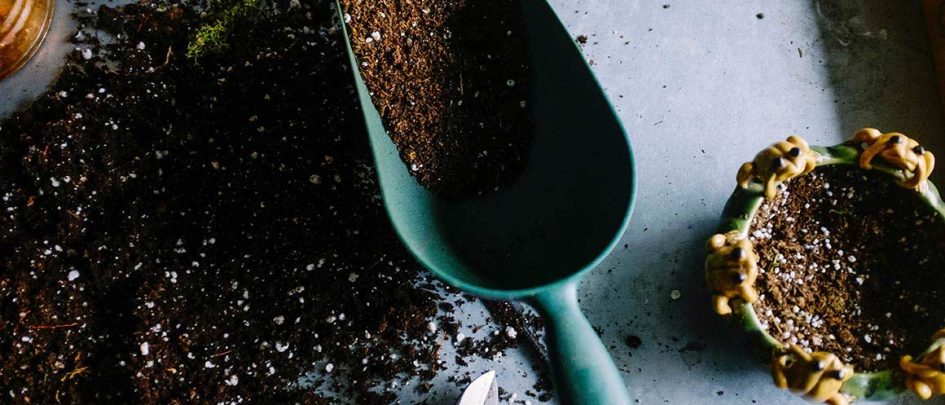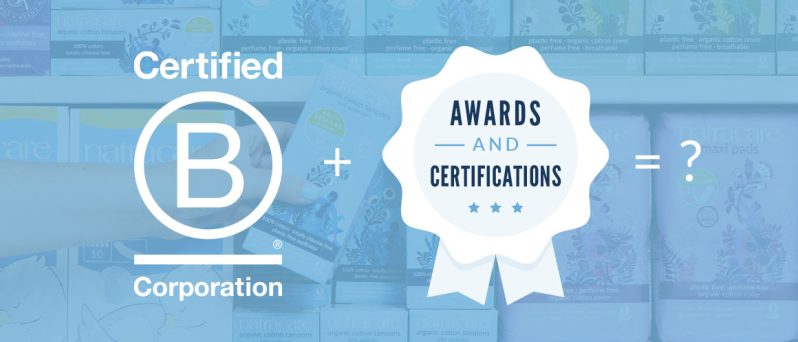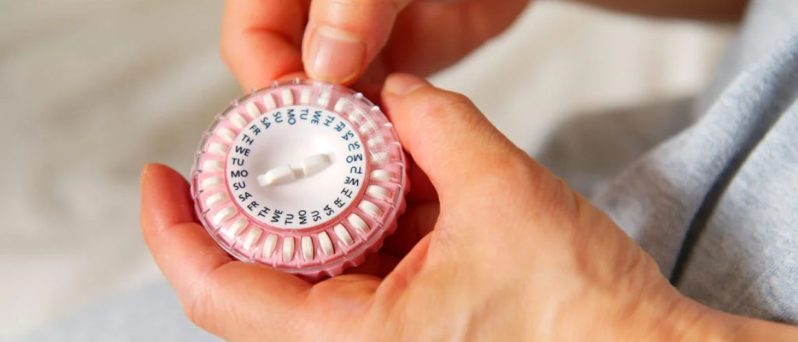Have you ever stopped and wondered what’s in our period products? What exactly are we putting next to or into our most sensitive and absorbent body part? Many of us may be a bit clueless about what is in our period products or even that it’s something we should be concerned about.
We deserve and have the absolute right to know what’s in our tampons, pads and panty liners. By asking questions and demanding transparency, we can fight the stigma and fight for cleaner, greener products.
4 shocking facts about periods, pads and tampons, and their ingredients:
-
What we put on or inside our vagina goes almost directly into our bloodstream
As one of the most absorbent and sensitive body parts, our vagina (and our skin) doesn’t have any process to help break down and flush out of toxic chemicals we put on or near it. This can create an added toxic burden on our bodies. Over time, the common chemicals in conventional pads and tampons can accumulate in our bodies, increasing our risk of cancer, disrupting our endocrine system, and creating oxidative stress in our bodies.
-
Several known toxic chemicals are found in conventional period products
Through chronic exposure, these conventional products can affect our health and harm our planet in the manufacturing and disposal of the products. Here are few of the most common toxic chemicals found:
- Plastic: made from up to 90% crude-oil (petroleum) based plastic, most conventional pads can contain the toxic compounds BPA, benzene, and PEG
- Dioxin: this by-product of bleaching has been labeled by the World Health Organization as a highly toxic known-human carcinogen. These chemicals accumulate over time and can reach very harmful states.
- Fragrances: a mixture of hundreds to thousands of undisclosed chemicals. A study by Women’s Voices for the Earth have found fragranced period products contain contaminants linked to hormone disruption.
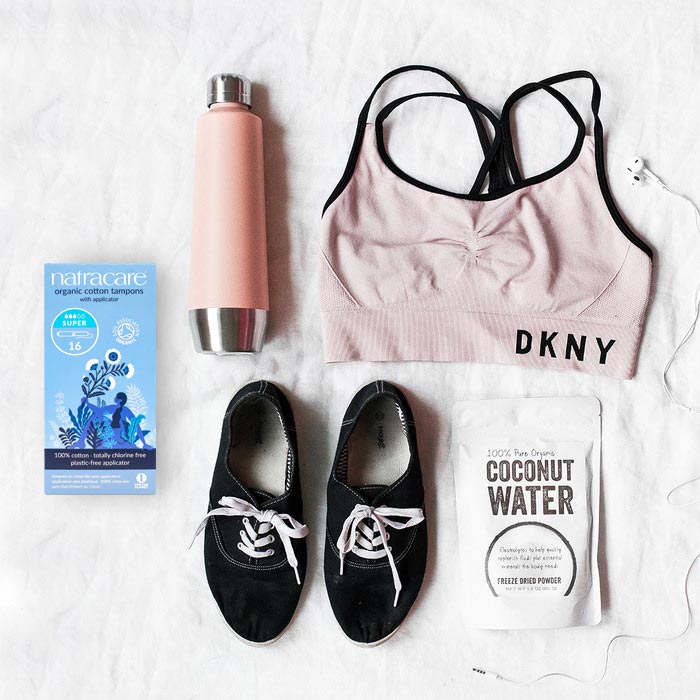
-
Period product companies do not legally have to share their ingredients
Since tampons, pads, and panty liners are categorized as medical devices, the FDA does not require brands to share what we are using. How can we make informed decisions and avoid these highly toxic common ingredients if there is lack of transparency? A better solution is to use brands such as Natracare, who exclusively offer plastic free, non-toxic, organic certified menstrual products.
-
Periods pollute (but they don’t have to!)
Our periods can be quite the polluting time. The average person will use 11,000 disposable period products in their lifetime. That is a lot of opportunity to opt for a more sustainable, plastic free period and make a difference! The chemicals that go into the final product that can harm our body’s health also pollutes our earth’s soil and waterways. Check out Natracare’s recent #PlasticFreePeriods campaign to inspire you to make a difference.
Plastic free
Period Products
Find your nearest store
TLDR; Most conventional menstrual products contain ingredients that are harmful for our health and our environment. By opting for certified 100% organic cotton tampons and pads, we can protect our health as well as tell businesses we want non-toxic, sustainable period products.
